Metaverse & Virtual Assets – Exploring the Digital Frontier of Investing
The way we think about investing is undergoing a massive transformation. For decades, the conversation has revolved around stocks, bonds, real estate, and commodities. But now, a new digital frontier is opening up—one that is changing how people build wealth and how institutions approach long-term opportunities. That frontier is the metaverse and the universe of virtual assets that come with it.
The metaverse is no longer just a sci-fi concept or a gamer’s playground. It is evolving into a parallel digital economy where people work, socialize, shop, and trade. With billions of dollars already flowing into this sector, investors are beginning to see the metaverse not as a passing trend but as a legitimate asset class. From virtual real estate to NFTs (non-fungible tokens), from digital collectibles to infrastructure development, the opportunities are as wide as they are complex. And like any emerging market, it comes with both promise and risk.
Why the Metaverse Matters for Investors
Imagine logging into a virtual world where you can attend a concert, buy land, build a store, sell products, and even host meetings—all without leaving your home. This is the metaverse in action. Companies like Meta (formerly Facebook), Microsoft, Nvidia, and dozens of startups are racing to build this digital environment.
But here’s where the investment angle gets interesting: the metaverse is creating new categories of ownership and value. Just like the internet transformed commerce in the 1990s, the metaverse is now reshaping how we view digital assets. For investors, this is not just about gaming or entertainment—it’s about tapping into the early growth stages of an economy that could rival the physical world.
Virtual Real Estate – More Than Just Digital Land
One of the hottest areas in the metaverse is virtual real estate. Platforms like Decentraland, The Sandbox, and Otherside are selling parcels of digital land where users can build experiences, host events, or rent spaces. Just like in the physical world, location matters—prime spots near high-traffic virtual areas are selling for huge amounts.
For investors, this is fascinating because it introduces real estate principles into a digital format. Land scarcity, development potential, and tenant demand all play a role in valuation. Virtual malls, galleries, and office spaces are already being developed, and brands like Adidas, Gucci, and Samsung are experimenting with metaverse storefronts.
In many ways, virtual real estate is becoming part of portfolio allocation strategies. Early adopters see it as a hedge against traditional markets, while others treat it as speculative, similar to investing in early Bitcoin.
NFTs and Digital Collectibles – The Rise of Unique Ownership
If virtual land represents space, then NFTs represent identity and culture within the metaverse. An NFT is essentially a digital certificate of ownership stored on the blockchain. Whether it’s artwork, music, gaming assets, or even digital sneakers, NFTs allow creators to monetize directly while giving investors a chance to own verifiable, tradable digital goods.
For investors, NFTs are tricky. They can be highly volatile, with some collections exploding in value overnight and others collapsing just as fast. This is why professional valuation methods are becoming essential. Factors like creator reputation, rarity, community strength, and utility within the metaverse all influence long-term value.
What makes NFTs particularly exciting is that they are not limited to art or collectibles. They are slowly expanding into tokenized assets like real-world property, intellectual property, and even event tickets. This evolution could make NFTs a mainstream part of investment portfolios in the future.
Metaverse Infrastructure – The Backbone of Digital Economies
While the spotlight often shines on flashy assets like NFTs and land sales, the real backbone of the metaverse is its infrastructure. This includes:
Cloud computing power
Blockchain networks
Augmented reality (AR) and virtual reality (VR) platforms
Graphics engines and 3D modeling tools
Connectivity advancements like 5G and beyond
Institutional investors are paying close attention here. These technologies not only power the metaverse but also spill over into industries like healthcare, education, logistics, and manufacturing. By investing in infrastructure providers, investors get exposure to long-term growth with less of the speculative volatility seen in NFTs.
Think of it like the internet boom: companies that built the infrastructure (like Cisco or Intel) saw massive growth because they enabled the digital revolution. The same principle applies here—the companies building the tools for the metaverse may turn out to be some of the strongest long-term plays.
The Importance of Platform Risk Management
With so many new asset classes, one of the most overlooked aspects of investing in the metaverse is platform risk management. Unlike traditional assets regulated by governments, virtual assets depend heavily on the reliability of platforms hosting them.
For example, if you buy land in one metaverse platform and that company collapses, your investment could disappear. Similarly, regulatory changes or hacks could impact value overnight. This is why due diligence is critical—investors must evaluate the sustainability of platforms, the strength of their user base, and the security of their blockchain infrastructure.
In short, investing in virtual assets requires a mindset that balances innovation with caution.
How Investors Can Approach the Metaverse
So, what’s the best way for an investor to engage with this digital frontier? Here are some practical strategies:
- Start Small – Don’t overcommit capital in a highly volatile space. Begin with small investments in NFTs, tokens, or virtual land.
- Diversify Across Categories – Don’t just buy digital land; consider infrastructure companies, metaverse tokens, and collectibles to spread risk.
- Do Your Homework – Research platforms, understand their growth potential, and analyze their business models before investing.
- Think Long-Term – The metaverse is still in its early stages. Like the internet in the 90s, it may take years before the biggest winners emerge.
- Stay Updated – Regulations, technologies, and user adoption patterns are changing rapidly. Keeping up with news and insights is essential.
Simplifying the Digital Frontier with YourPaathshaala
At YourPaathshaala, we understand that the world of the metaverse and virtual assets can feel overwhelming. There’s jargon, volatility, and uncertainty—but there’s also tremendous opportunity. Our mission is to simplify these emerging trends into clear, practical lessons so you can approach them with confidence.
Through our expert guidance, you’ll learn how to evaluate digital assets, understand risk factors, and spot long-term opportunities in this evolving sector. And if you have questions, you’re not alone—we also offer free demo classes where you can interact with mentors, clear your doubts, and build clarity on how virtual assets might fit into your financial strategy.
Conclusion – The Future of Investing is Digital
The metaverse and virtual assets represent one of the most exciting shifts in the investment landscape. From virtual real estate to NFTs and infrastructure, the opportunities are massive—but they require careful understanding and smart strategies. Just like the early days of the internet, those who take the time to learn now could benefit the most in the years to come.
At the end of the day, the metaverse isn’t just about gaming or entertainment—it’s about building a digital economy that mirrors, and in some cases enhances, the physical world. Investors willing to embrace this new reality while managing risks are stepping into the next frontier of wealth creation.
Visit YourPaathshaala
Near Anjali Children Hospital, Tagore Nagar, Mathpurena, Raipur
PIN Code: 492001, Chhattisgarh Click the Call Now to start learning how financial systems really work! To check out the full article click here!

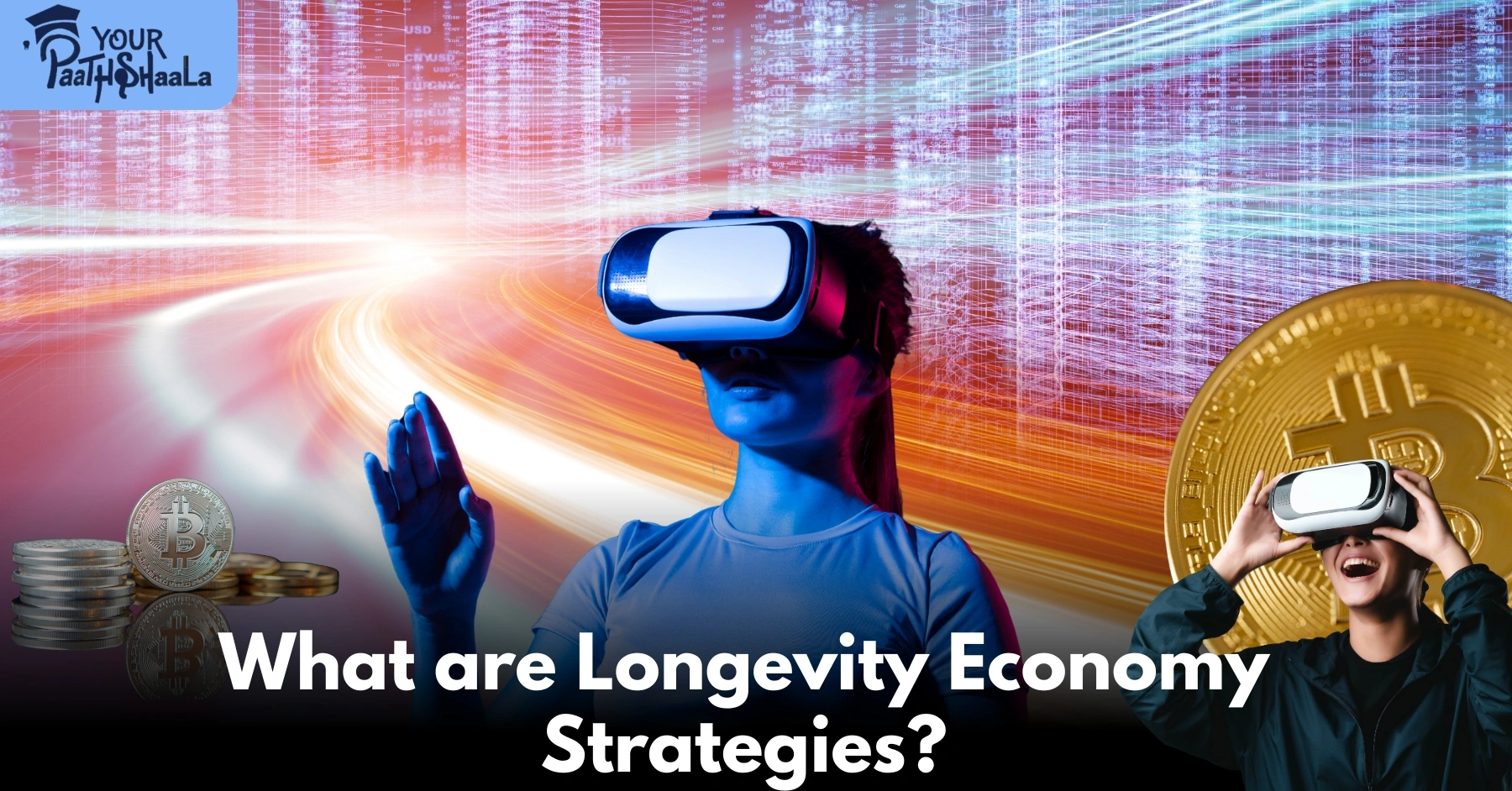

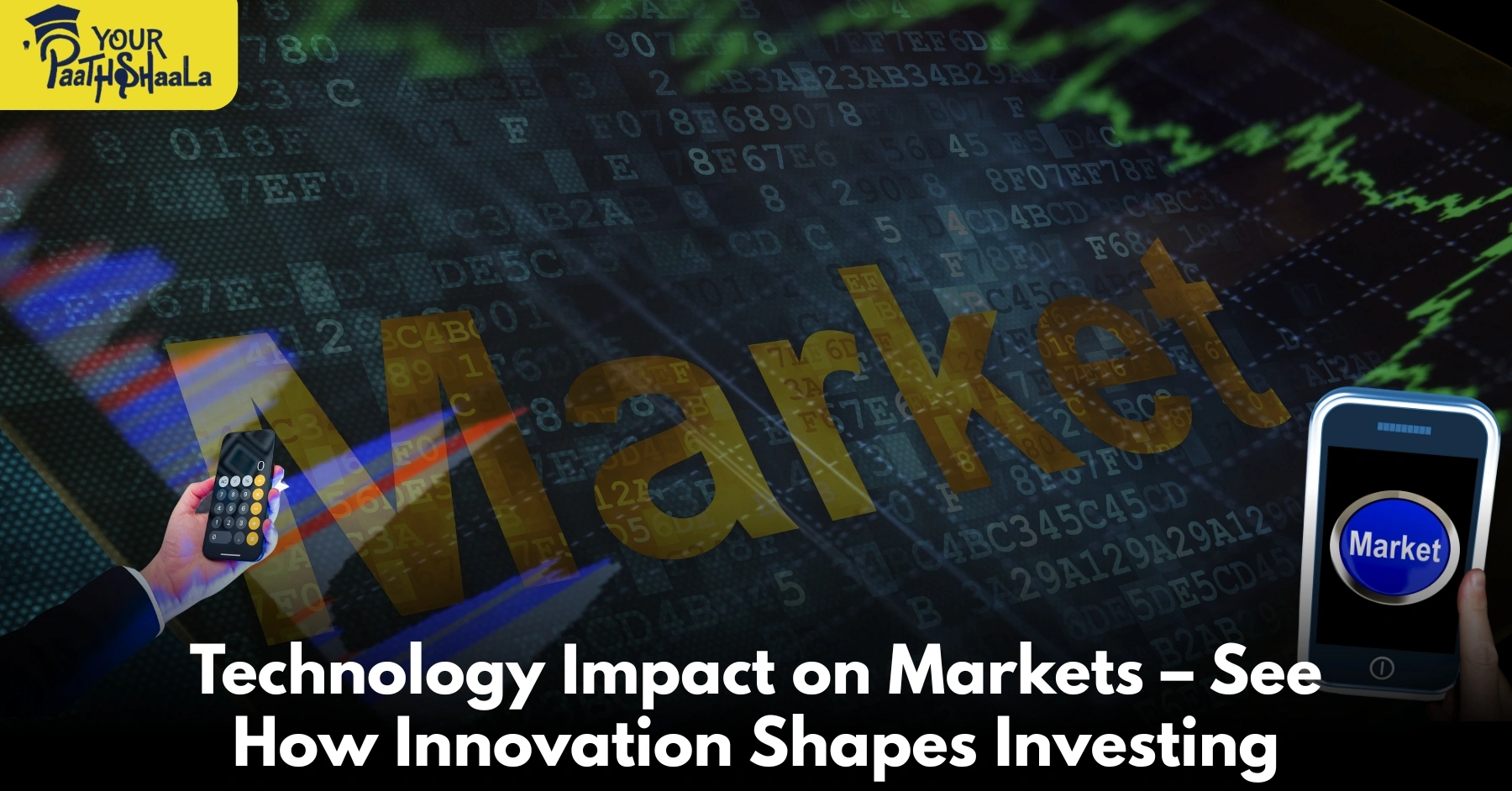

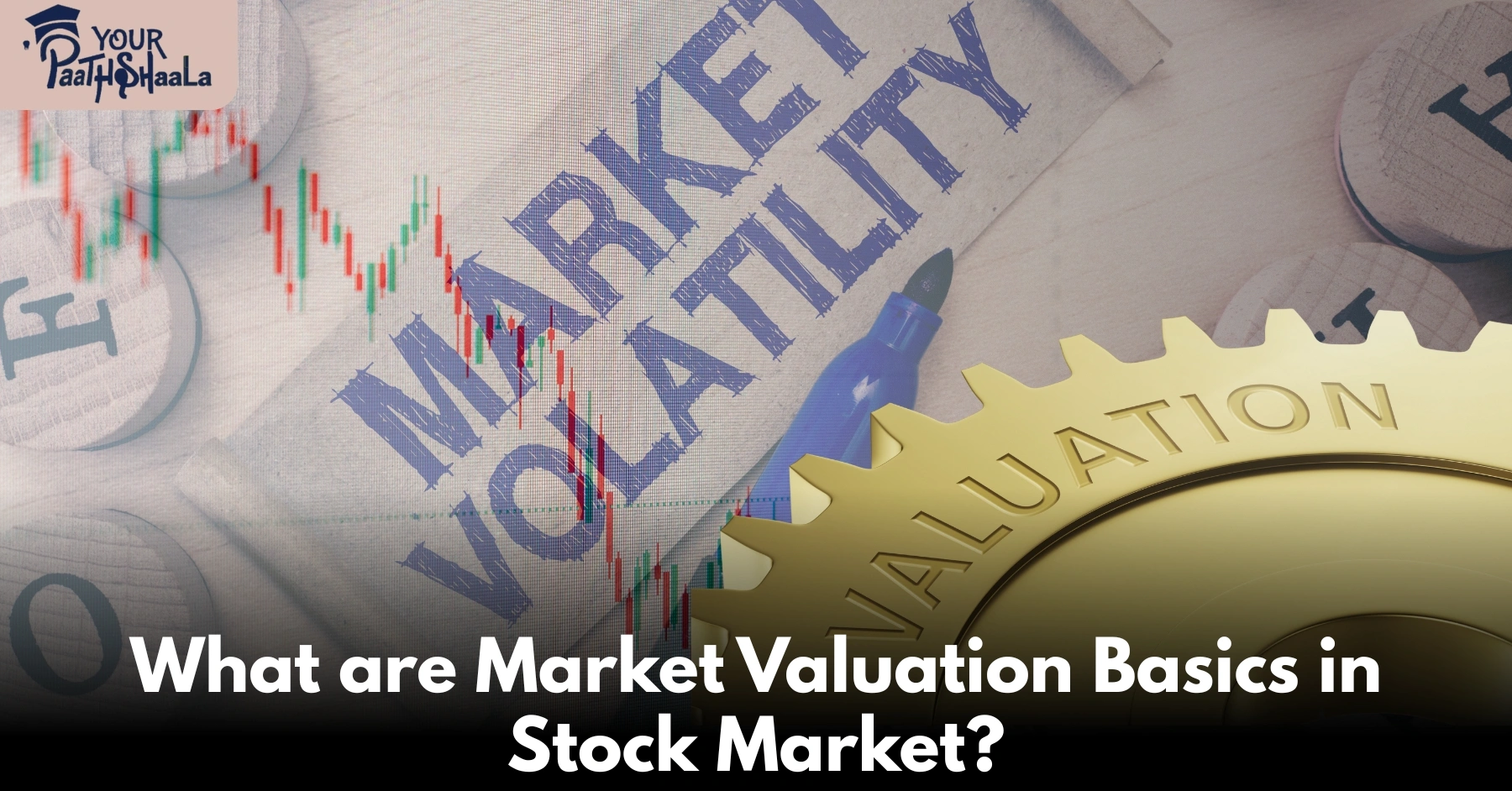
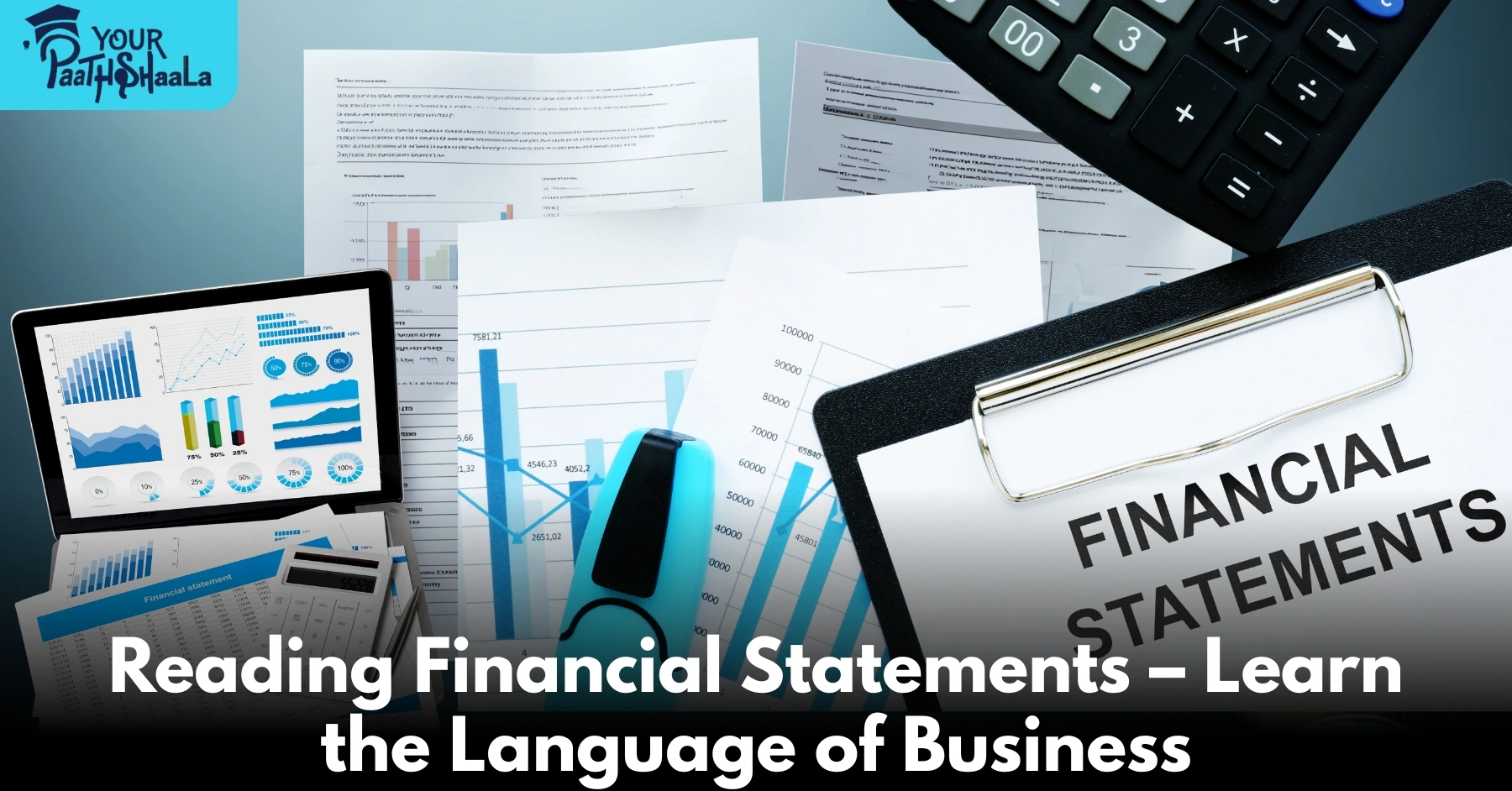
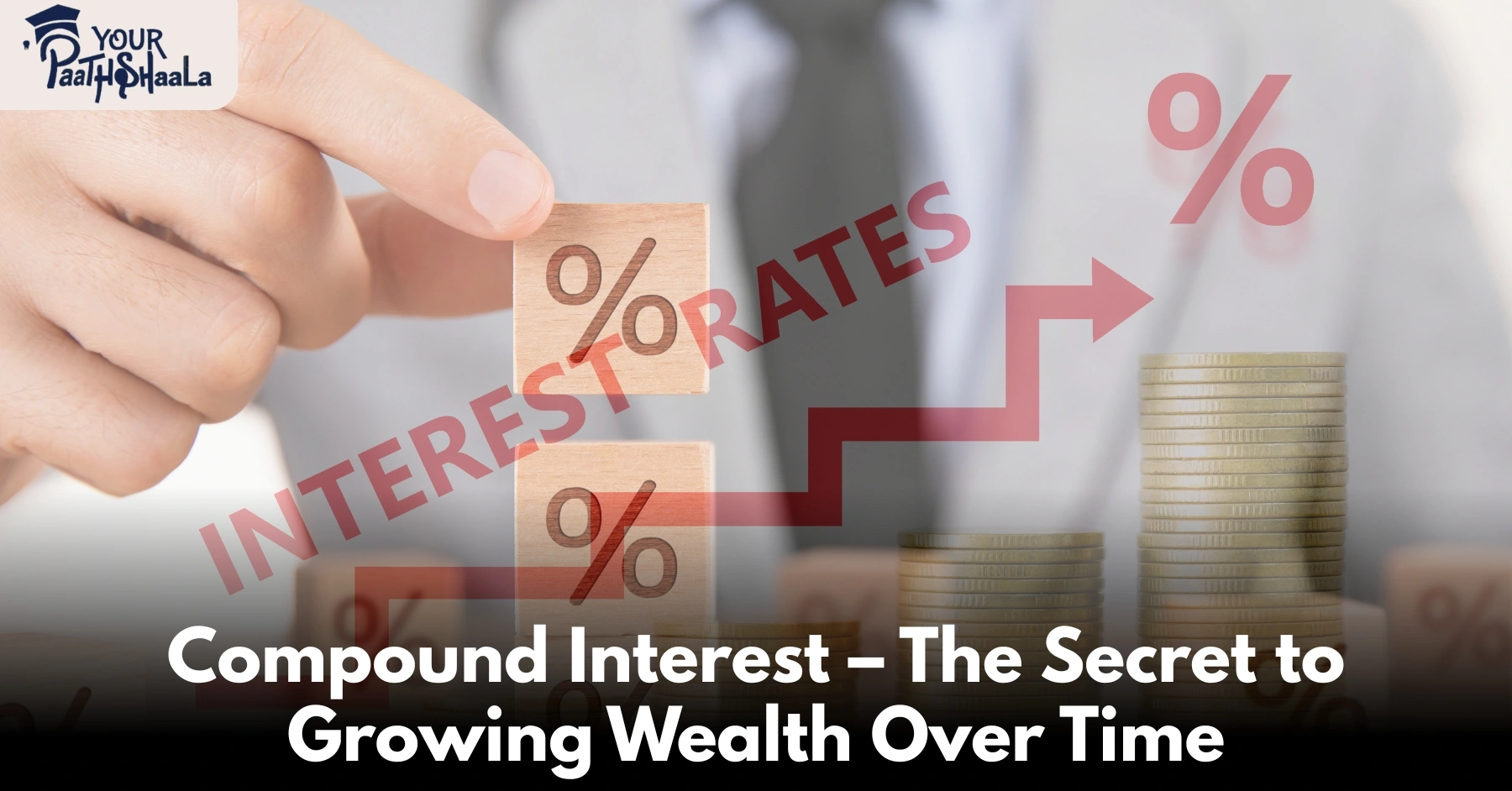
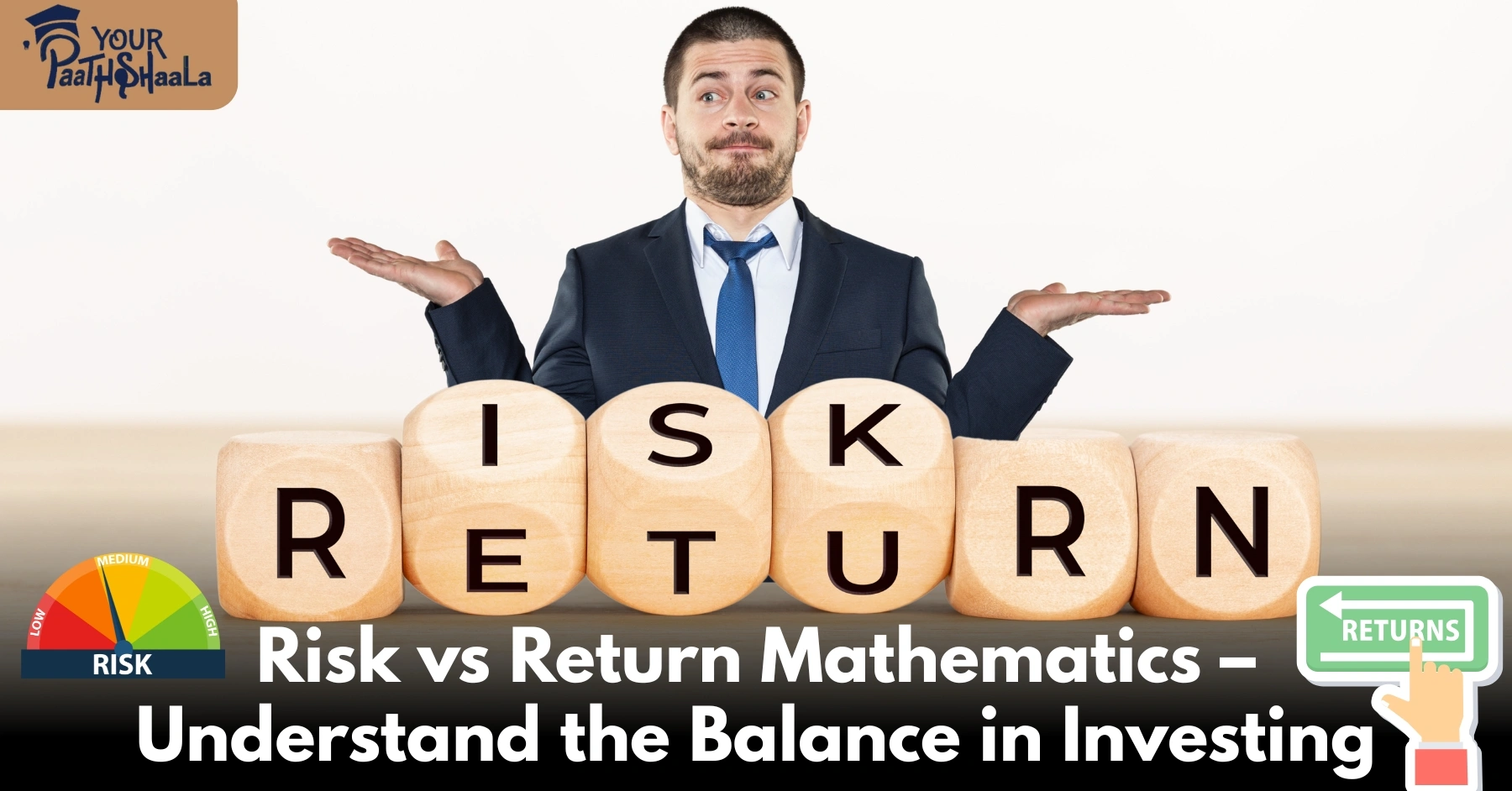




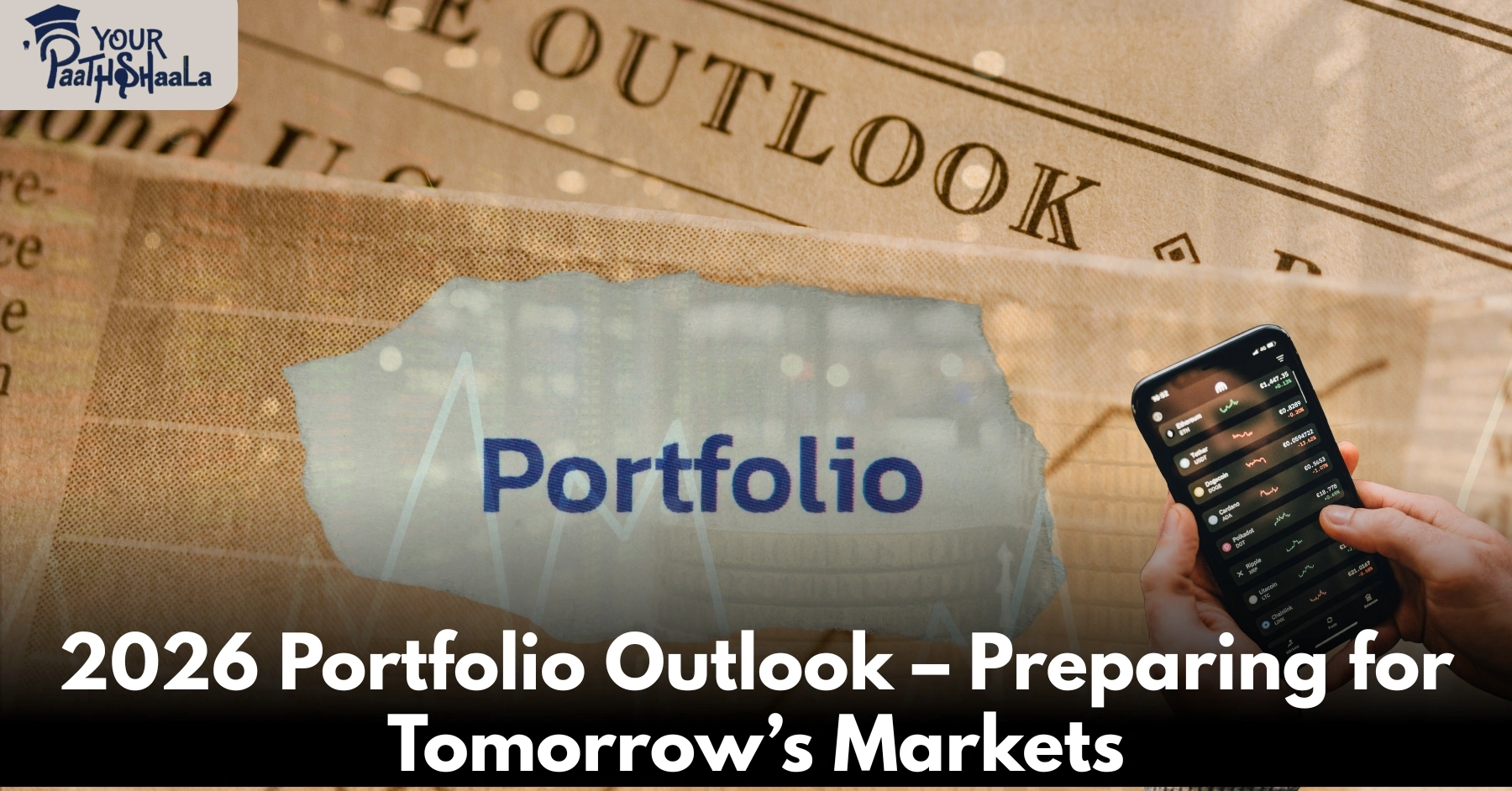
Add a Comment